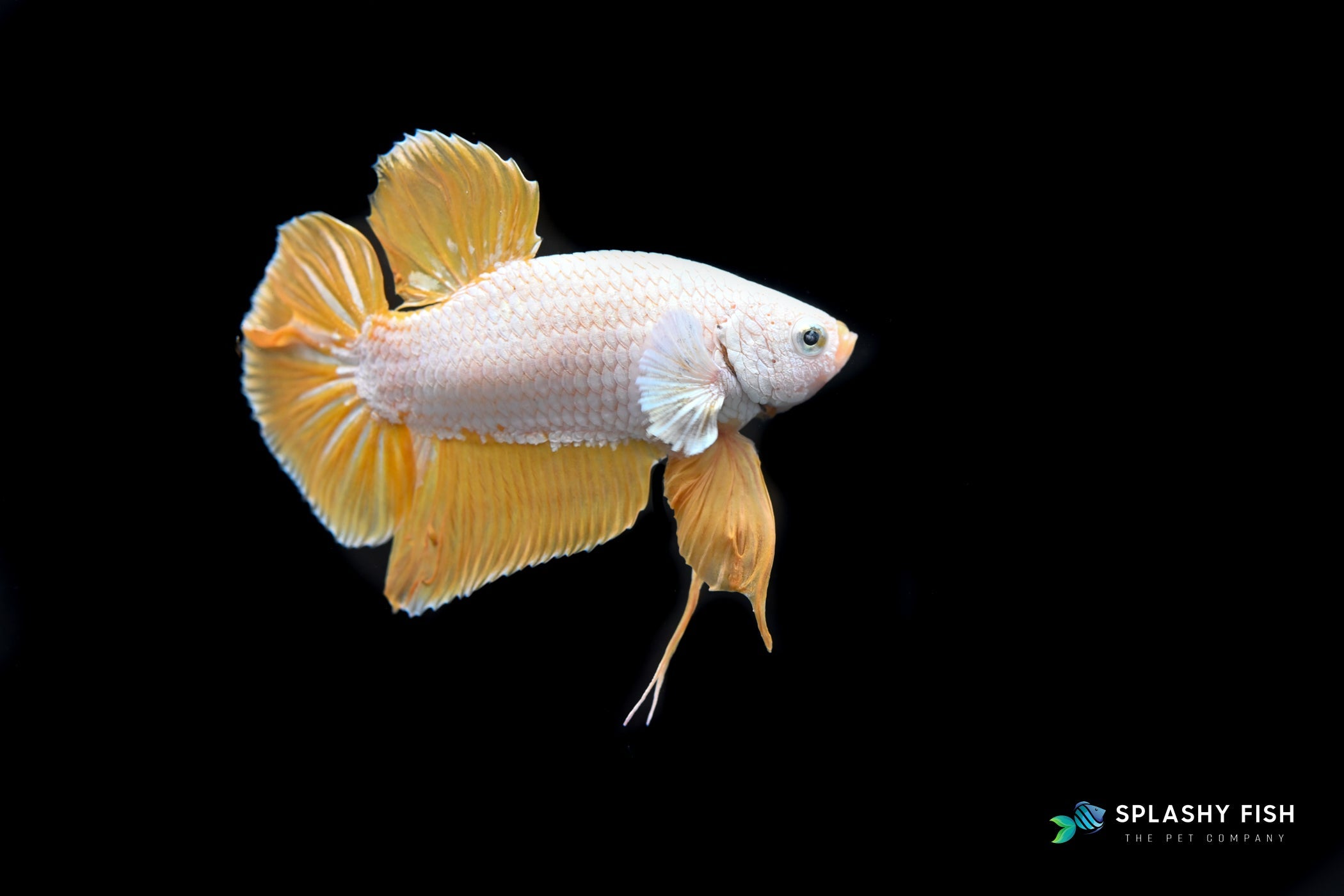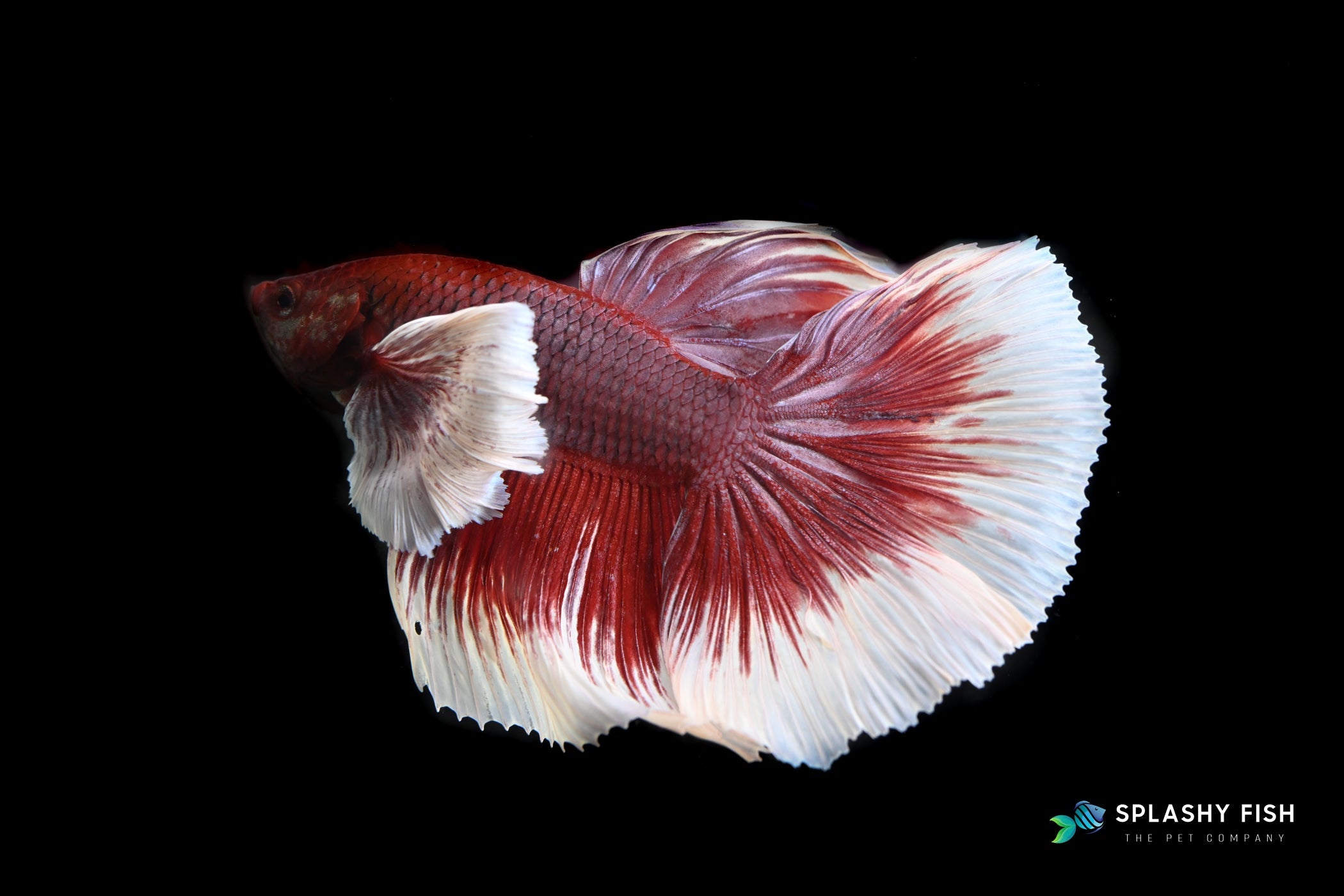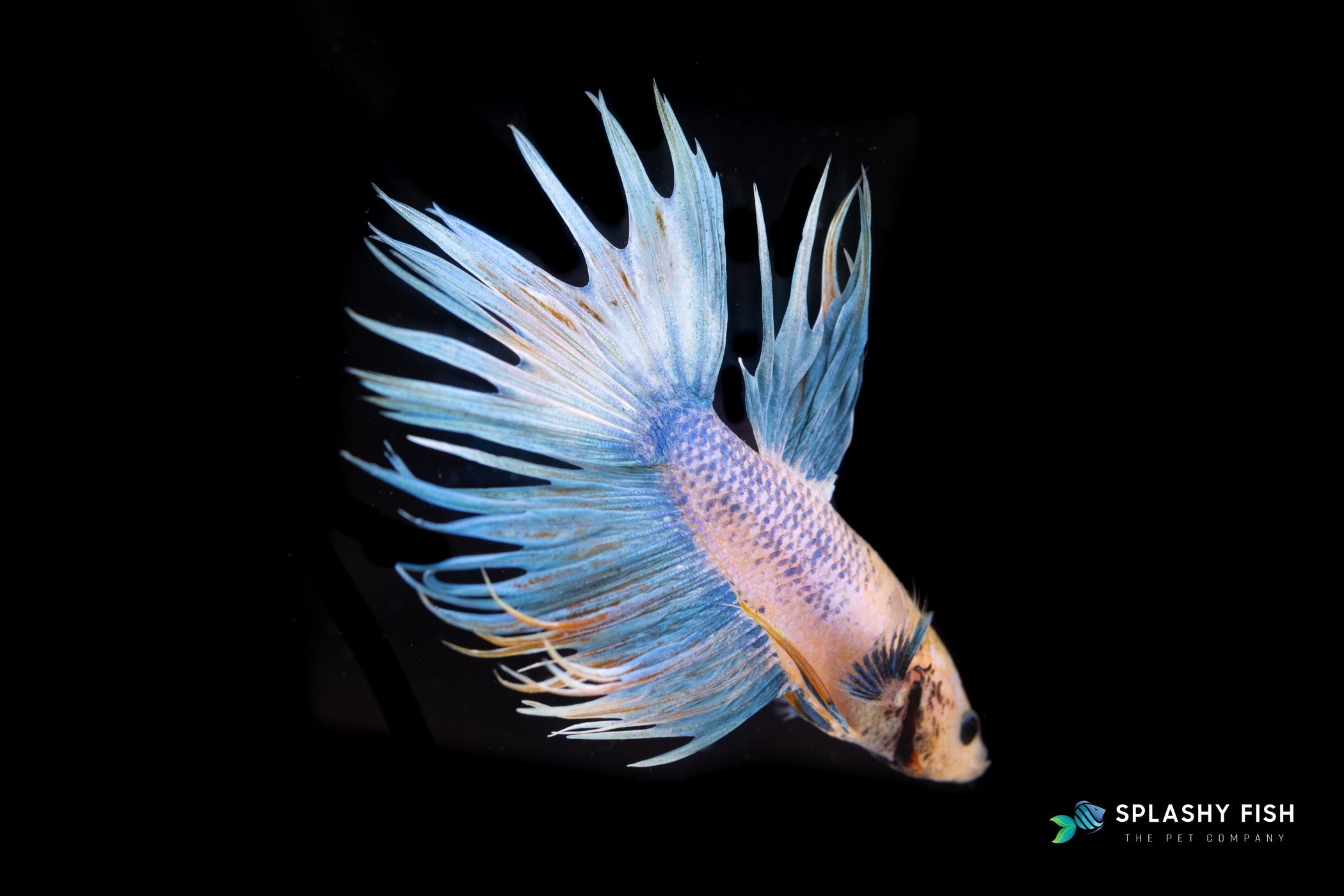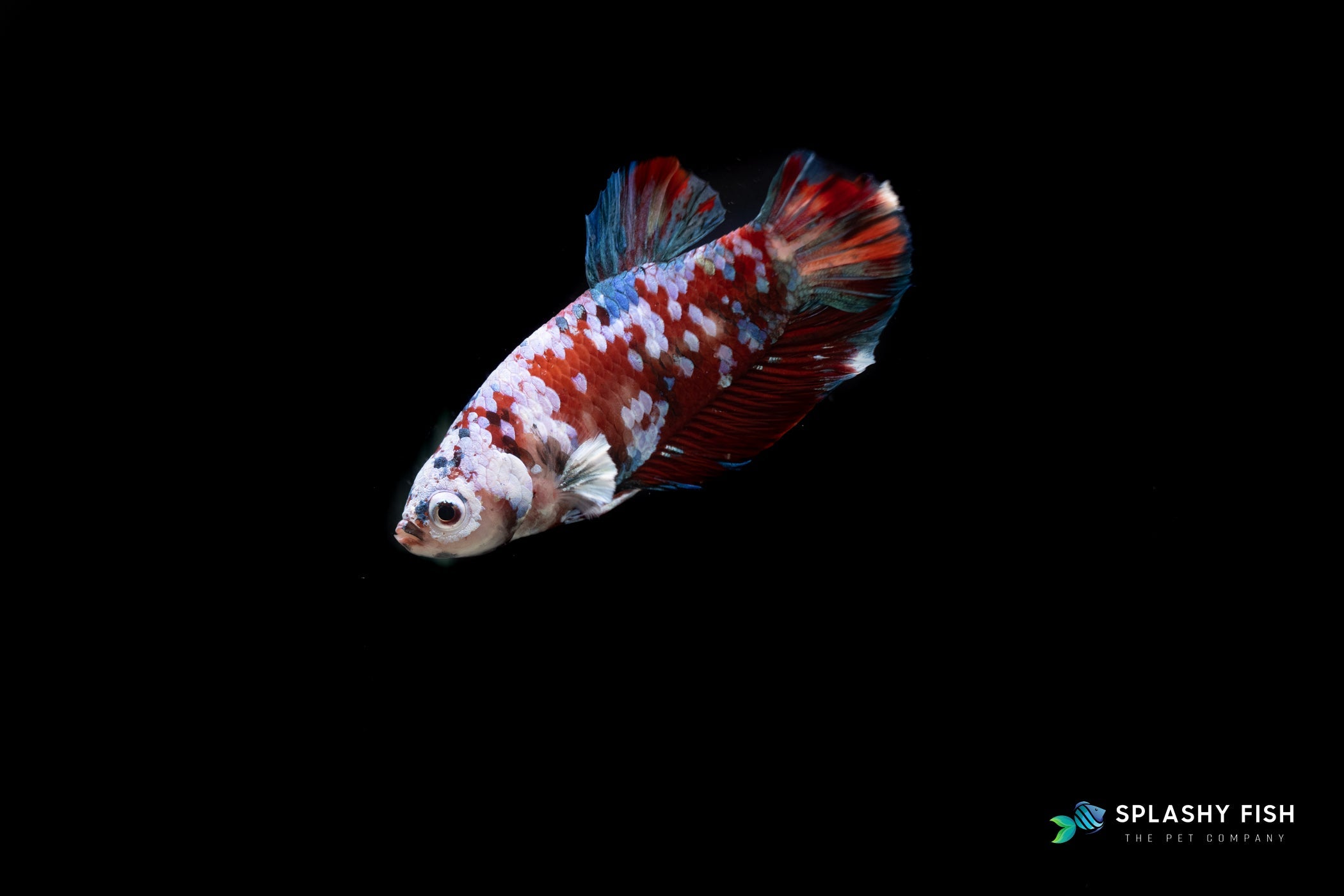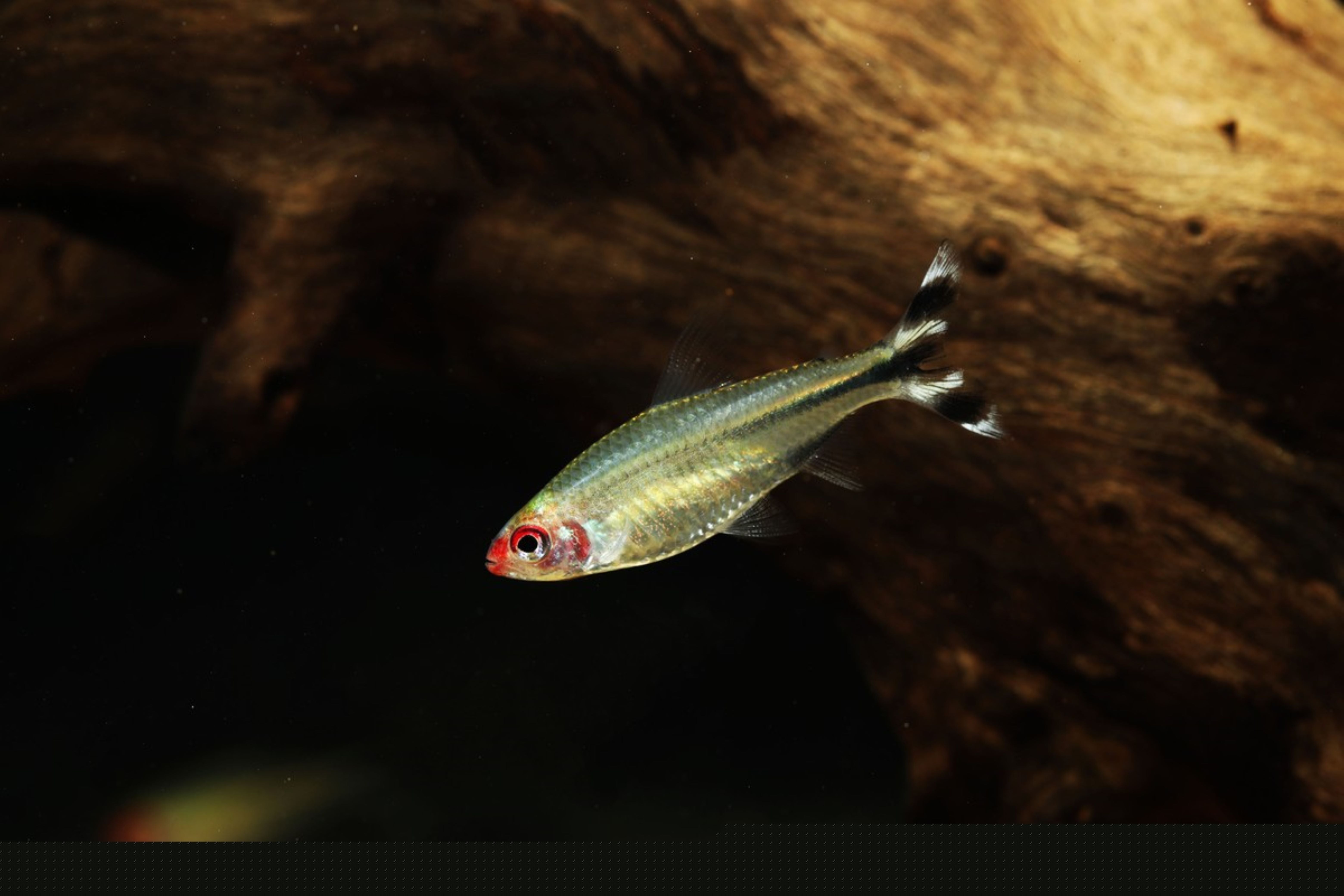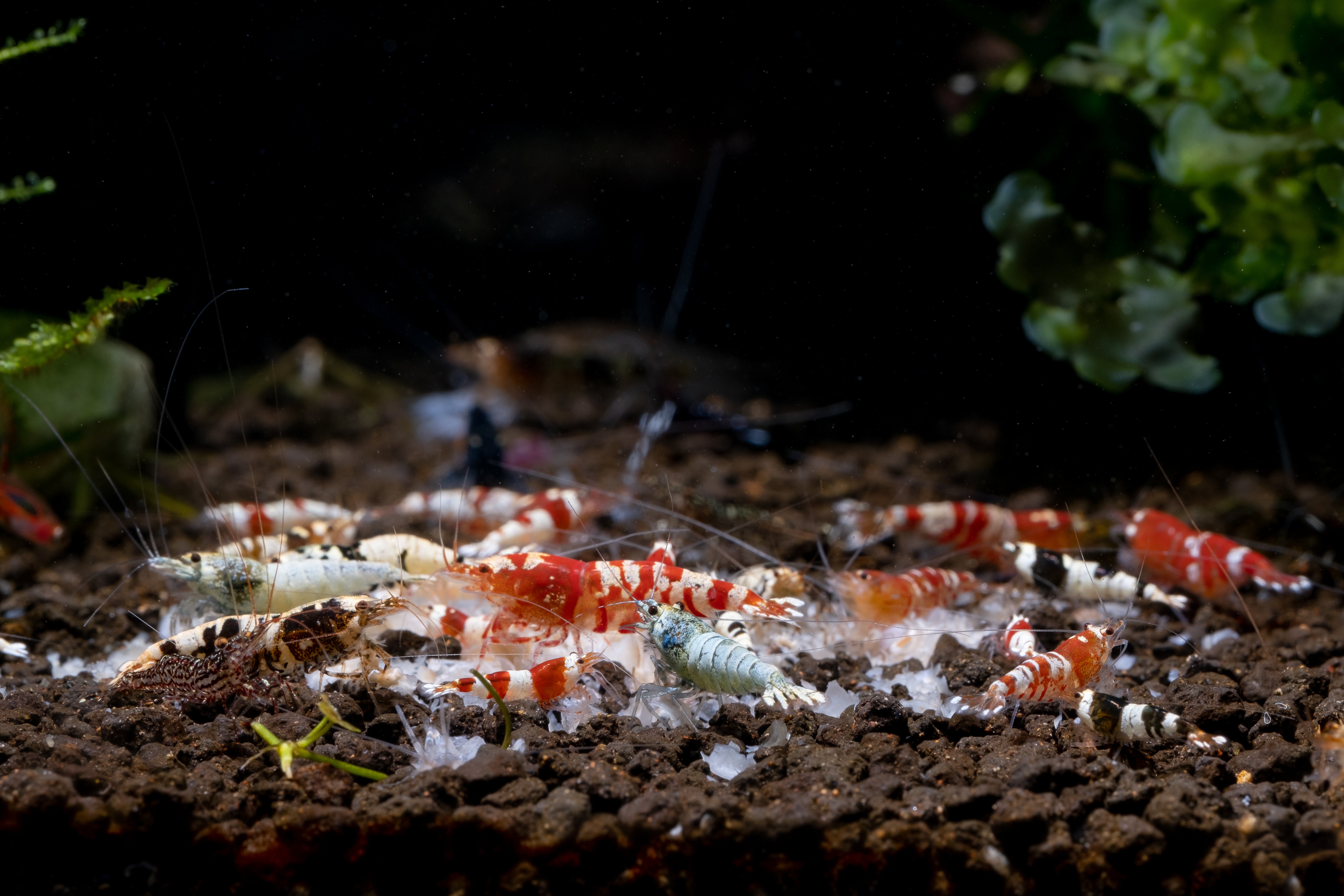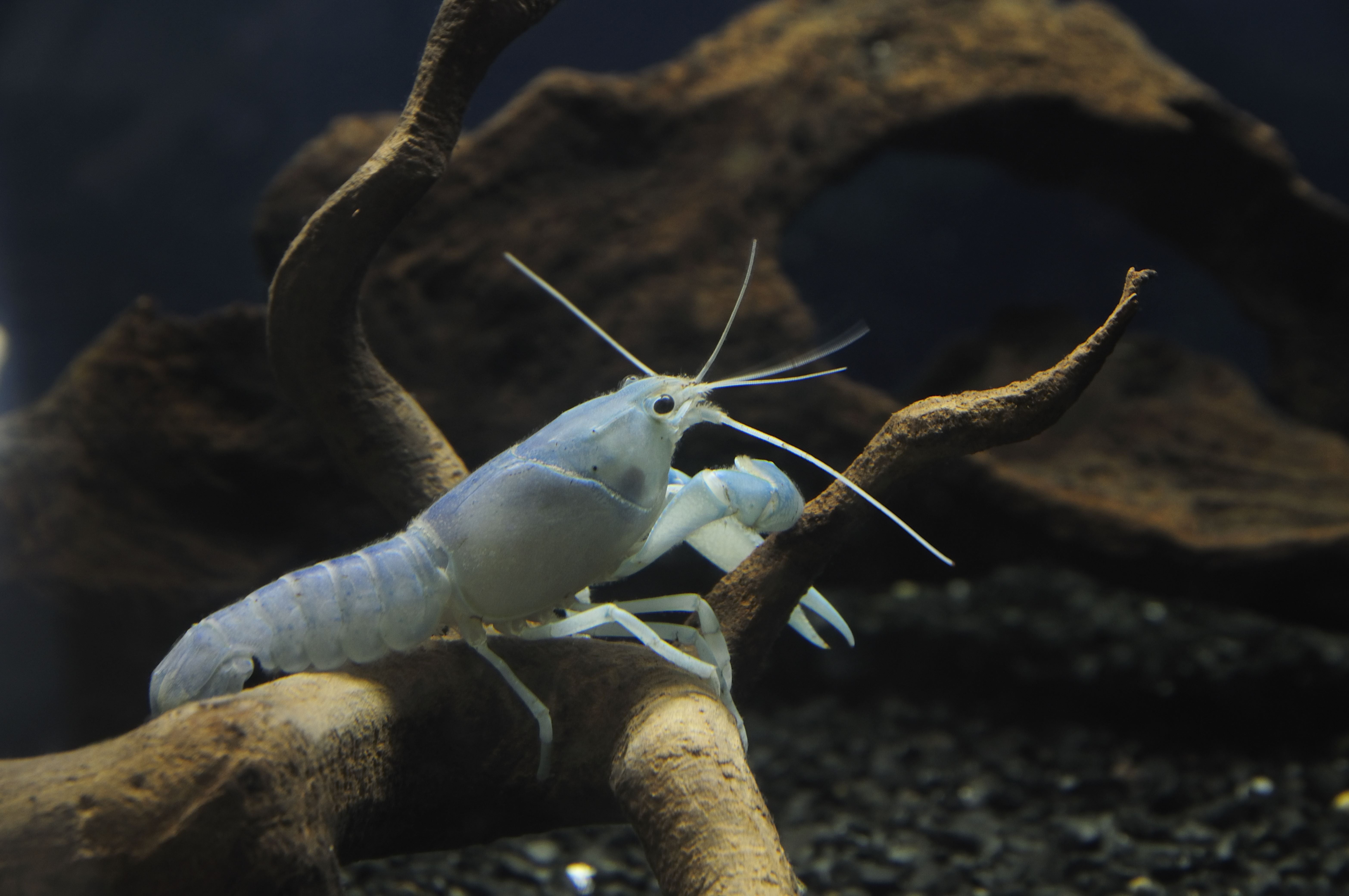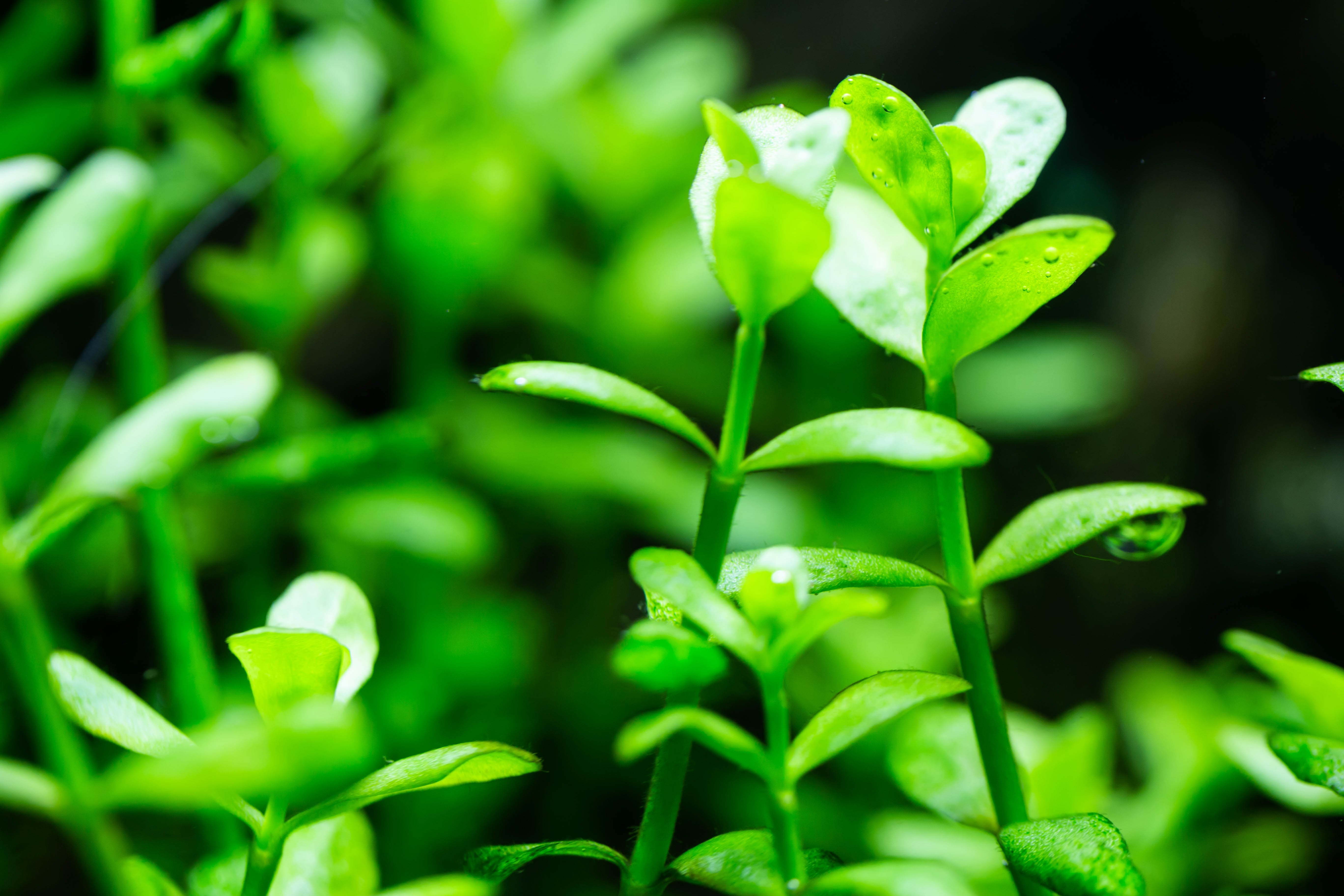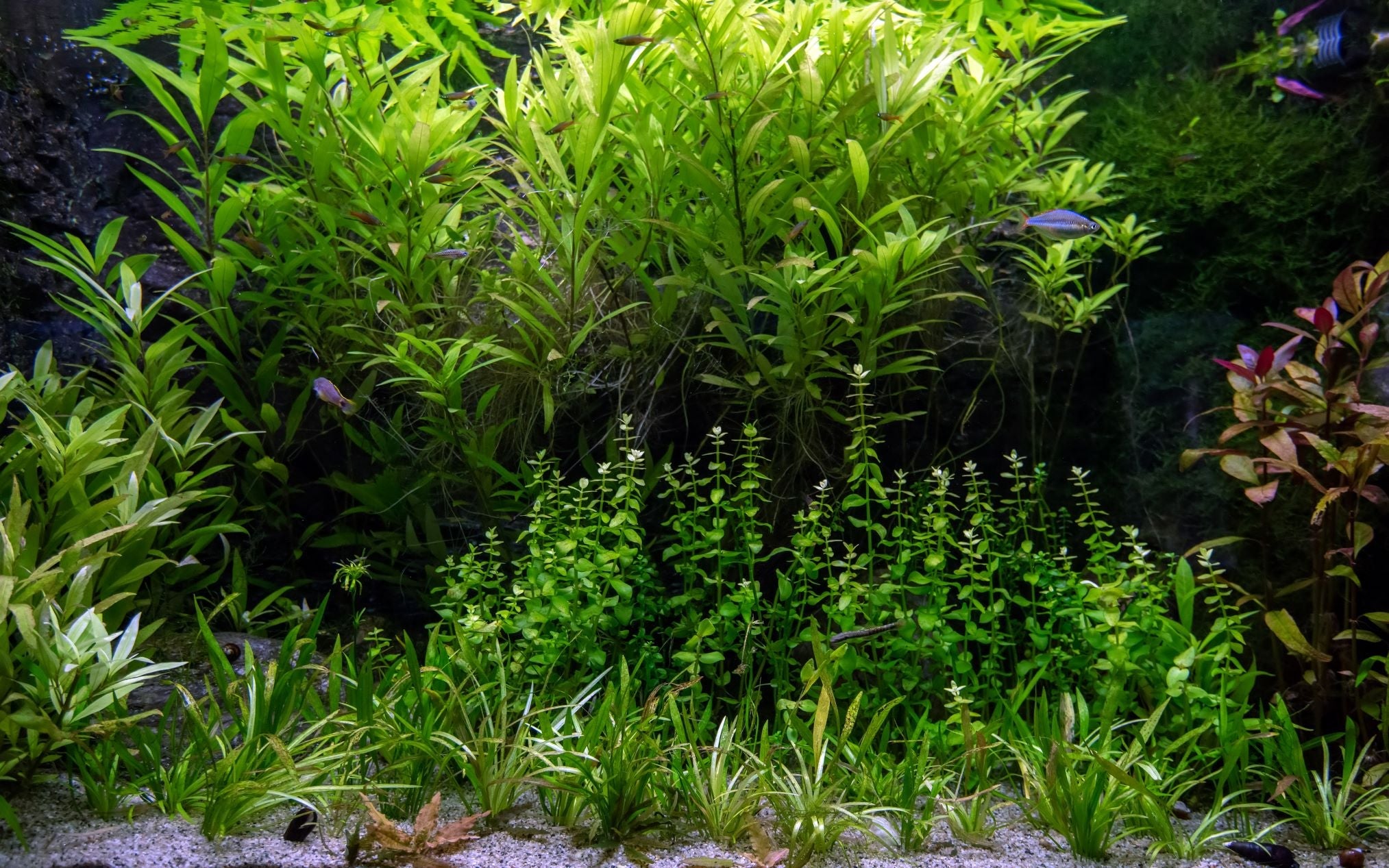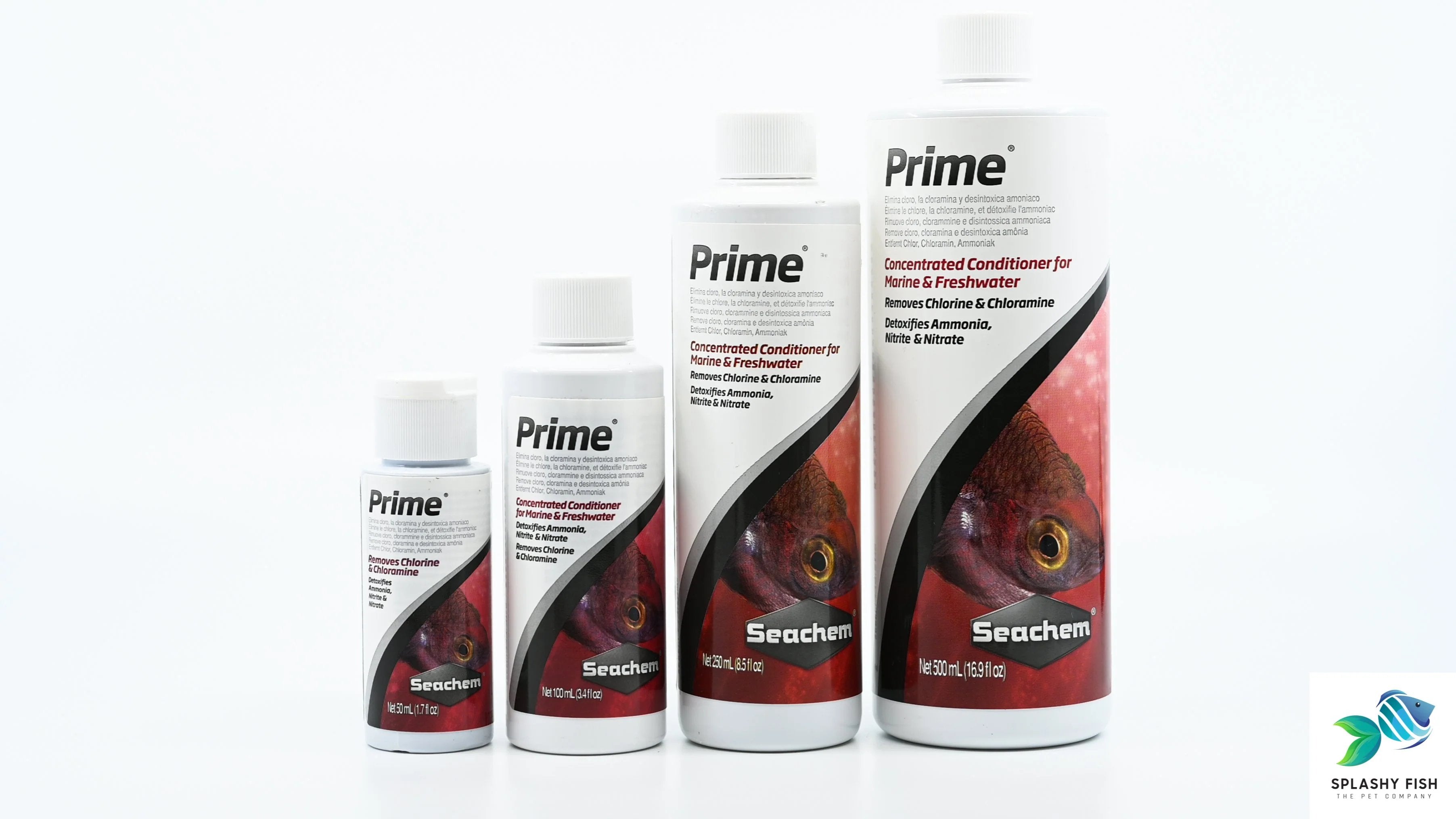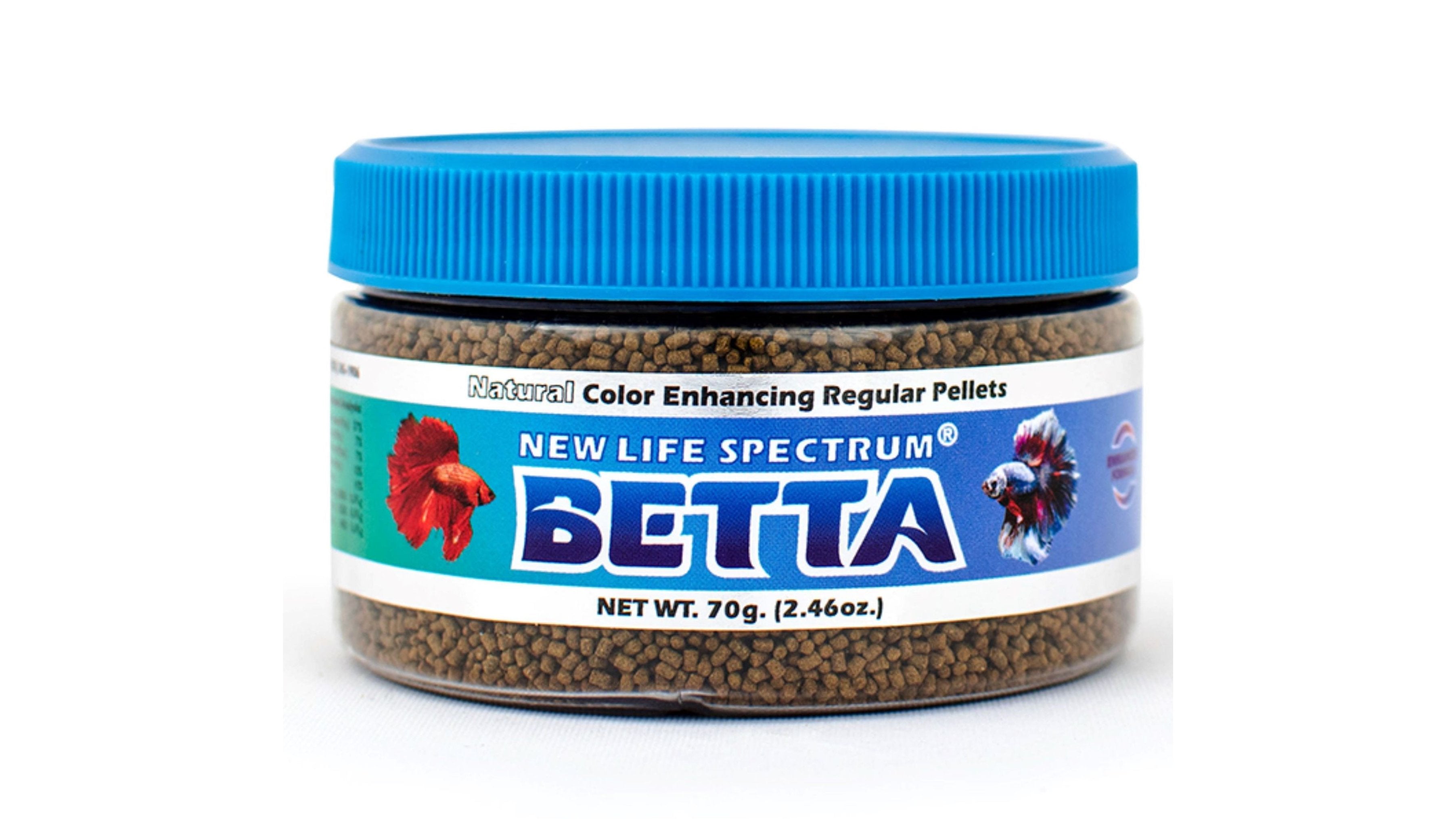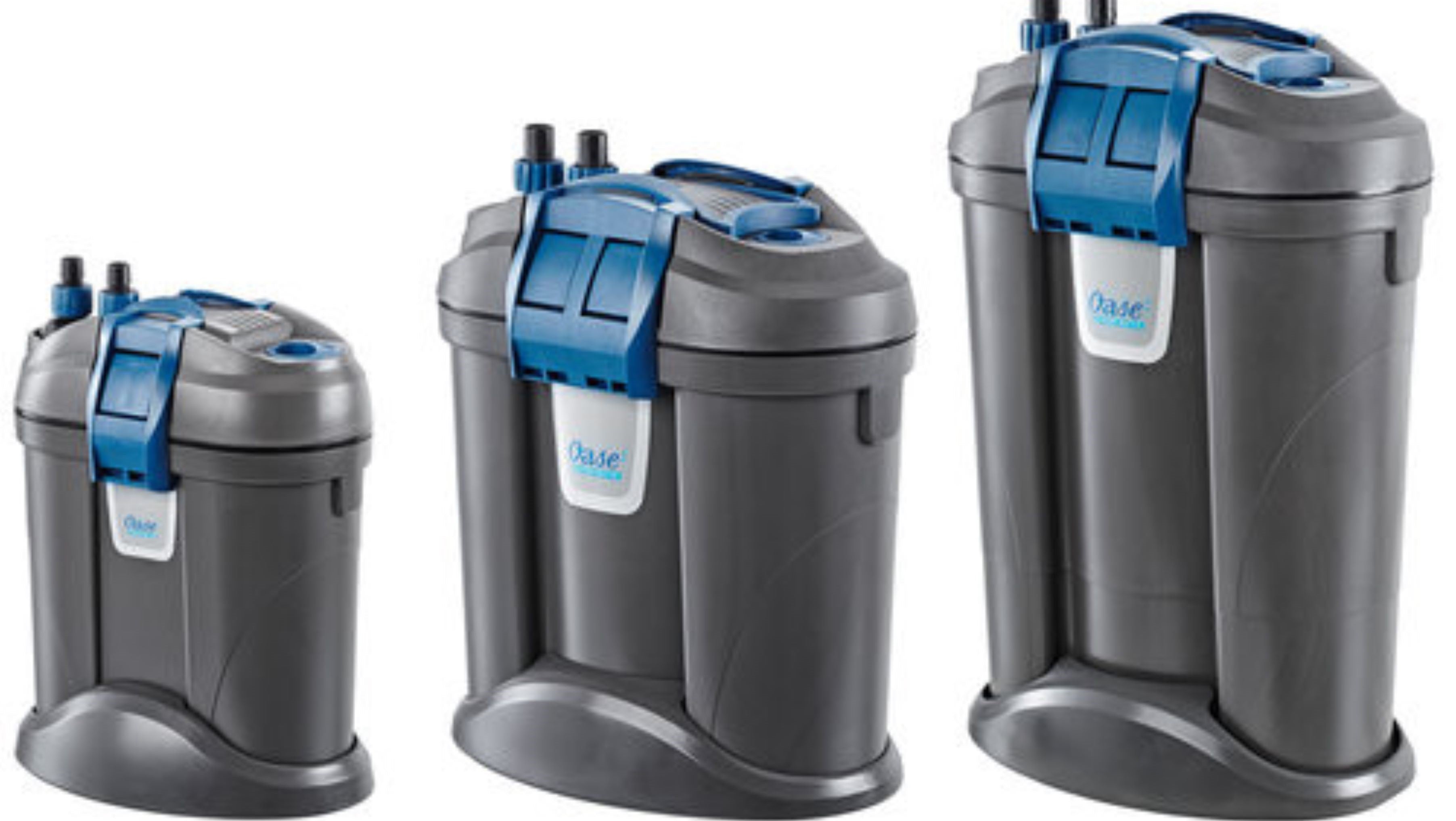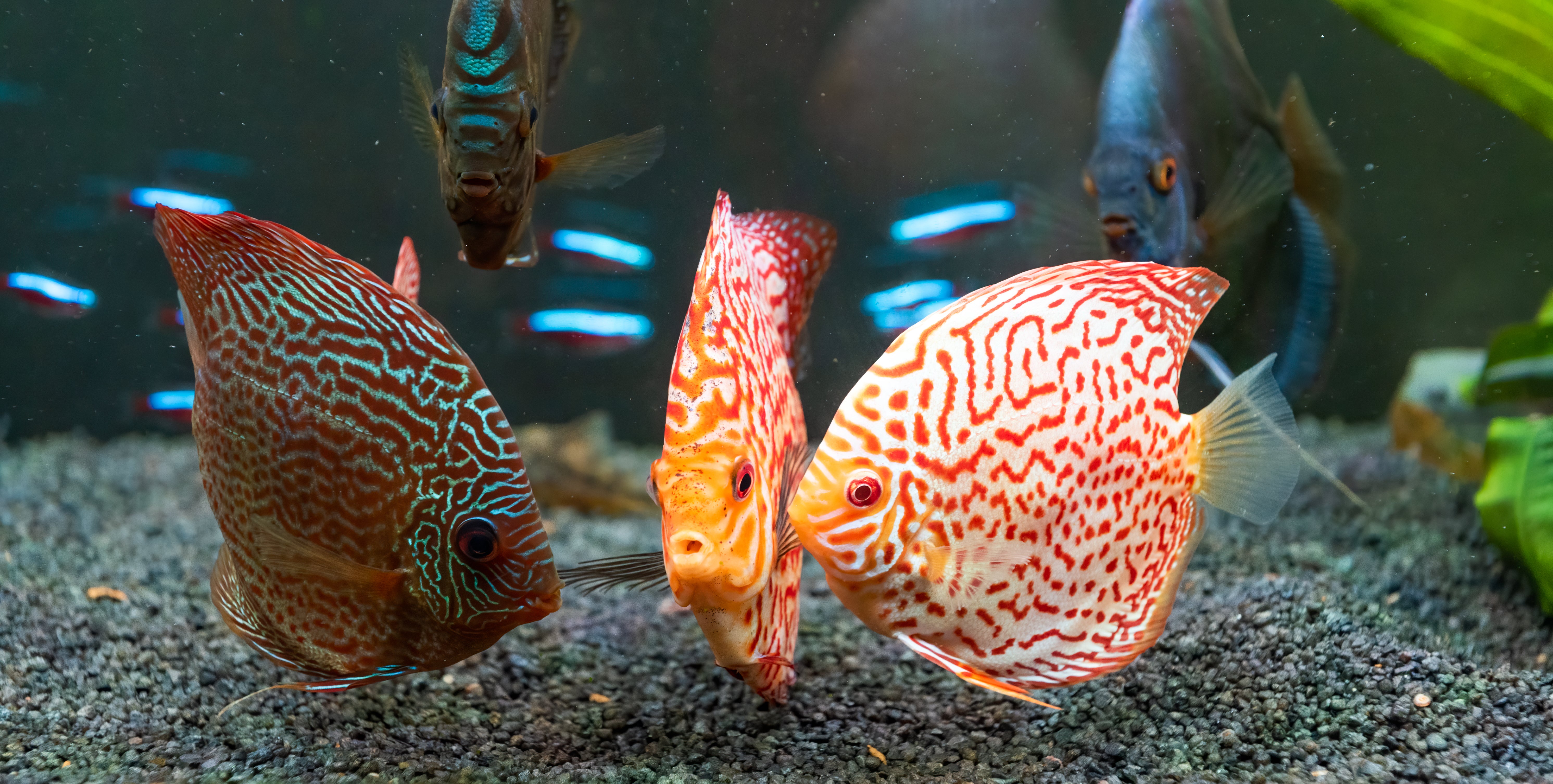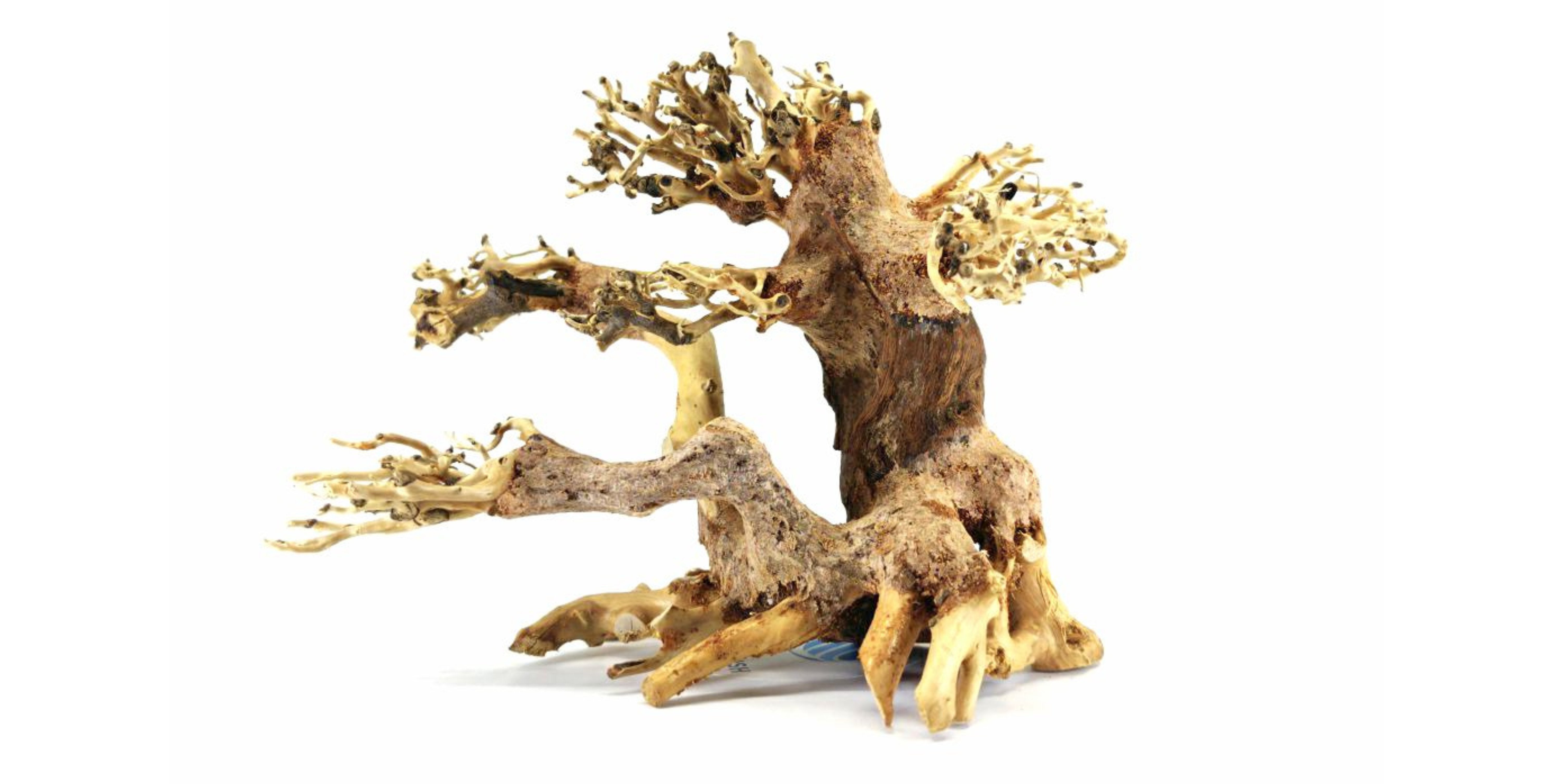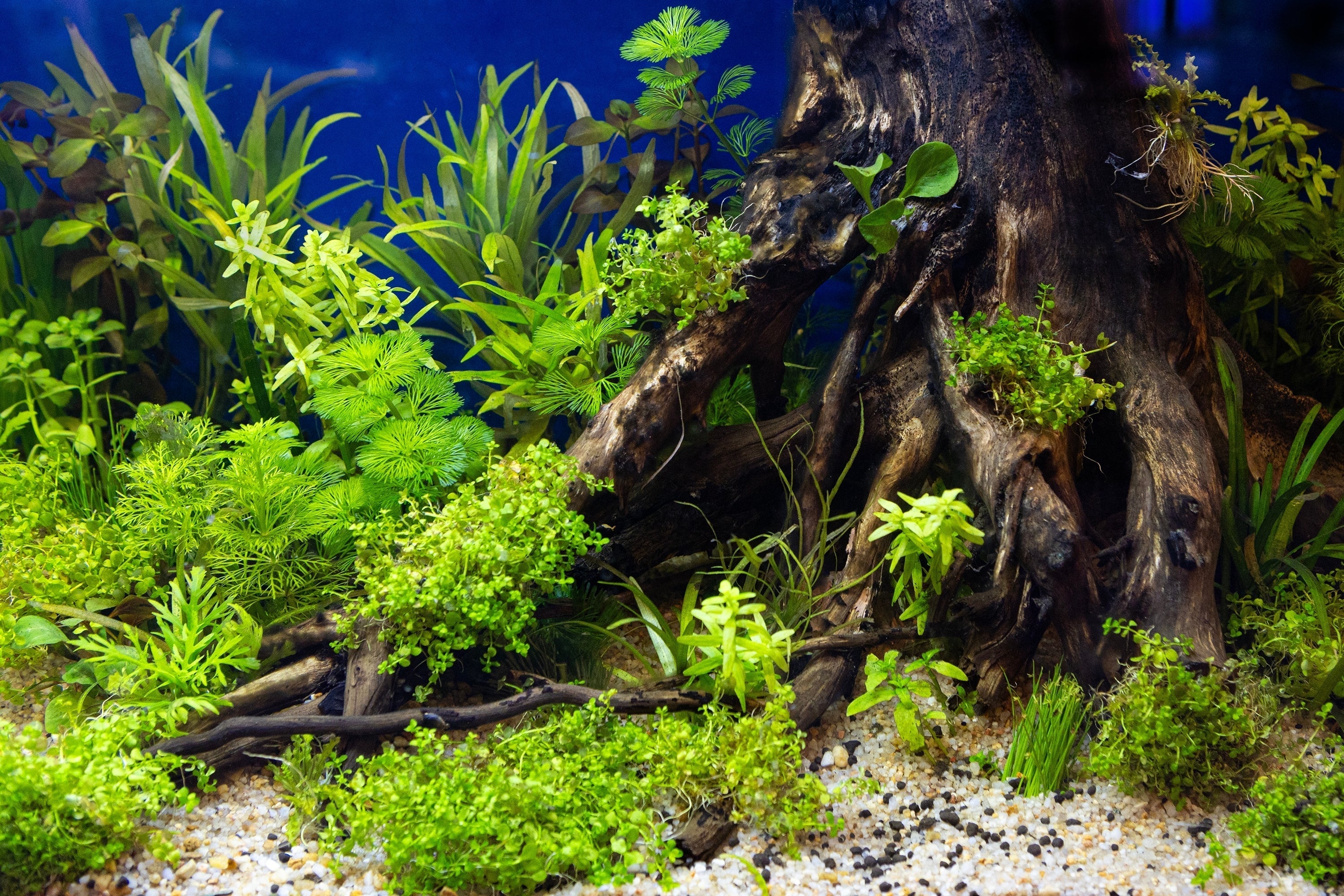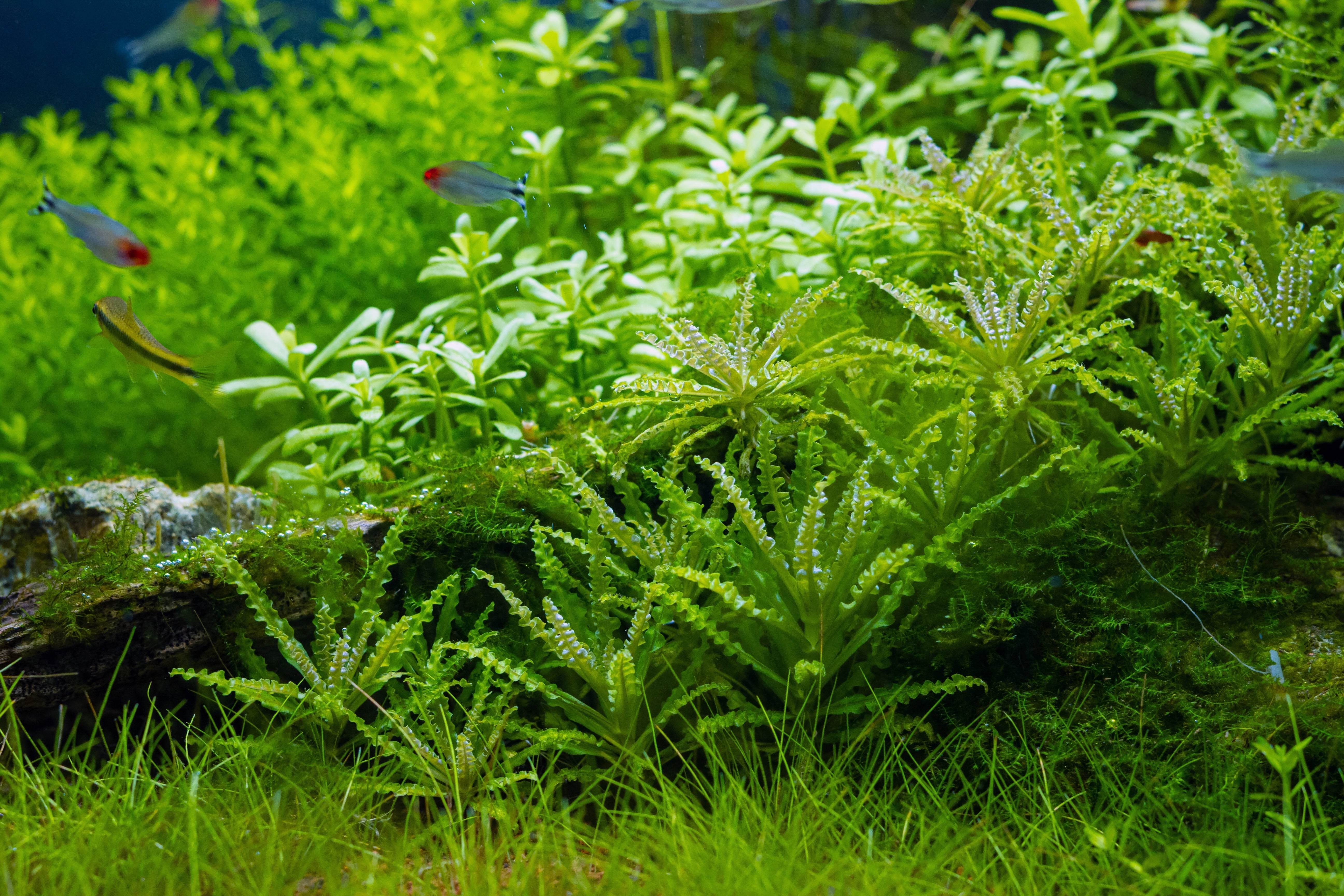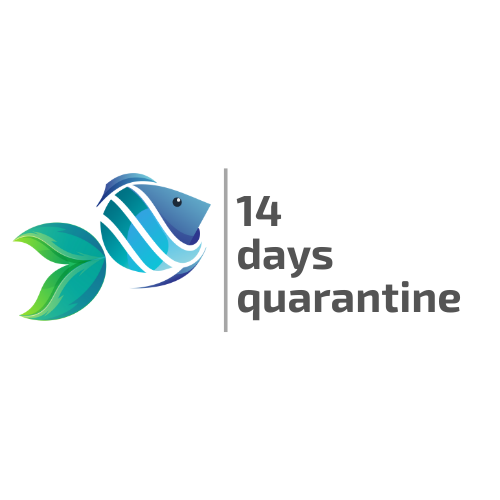Table of Contents
Crystal Black Shrimp (Caridina cantonensis) bring a captivating elegance to any freshwater aquarium. Their striking black-and-white coloration captivates aquarists and inspires a passion for aquatic life. If you aspire to keep these remarkable shrimp, this comprehensive guide will empower you to create the perfect environment for their care and breeding. From setting up the Crystal Black Shrimp tank to providing the best tank mates and live plants, we've covered all the essential tips to ensure your beloved shrimp thrive and stay happy. Let’s explore with Splashy Fish Store now!
Characteristics and Origin of Crystal Black Shrimp
Crystal Black Shrimp, also known as Black Crystal Shrimp, are selectively bred variants of the Bee Shrimp (Caridina cantonensis). These freshwater shrimp originate from Taiwan, where breeders have developed their unique coloration through years of selective breeding. Unlike their wild relatives, which typically exhibit more muted tones, Crystal Black Shrimp display striking black and white patterns that make them highly desirable in the aquarium trade.
One of the main characteristics of Crystal Black Shrimp is their graded color pattern. Higher-grade shrimp exhibit more intense black coloration with clean white bands, while lower-grade variants may have more translucent areas. Their small size and peaceful nature make them ideal for nano aquariums and shrimp-specific tanks. However, their delicate nature requires stable water conditions and careful maintenance.

Crystal Black Shrimp Natural Habitat
In the wild, Caridina shrimp, including Crystal Black Shrimp, inhabit clean, slow-moving streams with soft, slightly acidic water. These environments are rich in leaf litter, driftwood, and biofilm, which serve as their primary food sources. The water in their natural habitat is usually clear, mineral-rich, and free from pollutants, which is why maintaining high water quality in captivity is essential.
To replicate their natural habitat in an aquarium, it's essential to maintain stable water parameters and provide plenty of hiding spots. A well-planted tank with soft substrates like UNS Controsoil or 2Hr Aquarist Feast Soil or other shrimp-friendly active substrates will help maintain the ideal water chemistry for these delicate shrimp.
Create The Ideal Crystal Black Shrimp Tank
Tank Size
While Crystal Black Shrimp can thrive in nano tanks as small as 5 gallons, a 10-gallon tank or larger is recommended for better stability. A larger water volume helps prevent drastic fluctuations in water parameters, which can be fatal to these sensitive shrimp. If you plan on keeping a colony, a 20-gallon or larger tank is ideal for sustainable breeding and long-term success.
Filter
A gentle filtration system is crucial for Crystal Black Shrimp. They prefer low-flow filtration to prevent them from being sucked into the intake. The best filter options include:
- Sponge filters: Provide excellent biological filtration while being shrimp-safe.
- Hang-on-back filters (HOB) with a pre-filter sponge to prevent shrimp from being sucked in.
- Canister filters with low-flow settings and a pre-filter sponge attachment.
Filtration should be combined with regular maintenance, including cleaning filter media in dechlorinated water to preserve beneficial bacteria.
Water Parameters
Maintaining precise water parameters is essential for the well-being of Crystal Black Shrimp. These shrimp thrive in soft, slightly acidic water, which closely resembles their natural habitat.
- pH: 5.8 – 6.8
- GH (General Hardness): 4 – 6 dGH
- KH (Carbonate Hardness): 0 – 2 dKH
- TDS (Total Dissolved Solids): 100 – 150 ppm
Using RO (reverse osmosis) water remineralized with shrimp-specific minerals is highly recommended to maintain stability.
Temperature Requirement
Crystal Black Shrimp thrive in temperatures between 65° and 80° F (18° - 26° C). They are highly sensitive to sudden temperature fluctuations, which can stress them and lead to molting issues or even death. To maintain stable temperatures:
- Use a high-quality aquarium heater in cooler environments.
- Keep the tank away from direct sunlight and temperature fluctuations.
- Consider using a chiller if you live in a hot climate where temperatures exceed 75°F.
Maintaining Water Quality
High water quality is critical for Crystal Black Shrimp. To ensure a clean and healthy environment:
- Perform weekly water changes (10-15%) with remineralized RO water.
- Use an active substrate to maintain ideal water chemistry.
- Test water parameters regularly with liquid test kits to detect fluctuations.
- Avoid copper-based medications, as they are toxic to shrimp.
Crystal Black Shrimp Feeding
Crystal Black Shrimp primarily feed on biofilm, algae, and decaying plant matter. To supplement their diet, provide a variety of high-quality shrimp foods:
- Shrimp-specific pellets and granules
- Blanched vegetables like zucchini, spinach, and cucumber.
- Protein sources like spirulina powder and occasional frozen foods (baby brine shrimp, bloodworms).
- Indian almond leaves promote biofilm growth and provide natural food sources.
Feeding should be done in moderation—2-3 times a week—as excess food can degrade water quality and cause ammonia spikes.
Crystal Black Shrimp Tank Mates
Best Tank Mates for Crystal Black Shrimp
Crystal Black Caridina Shrimp do best in shrimp-only tanks or with peaceful tank mates that won't prey on them. Some excellent companions include:
- Other Caridina species, such as Black King Kong Shrimp
- Nano freshwater fish, such as Chili Rasboras, Ember Tetras, Celestial Pearl Danios, and Cardinal Tetras
- Freshwater snails, including Nerite snails, Mystery snails, and Ramshorn snails
- Otocinclus catfish, known for their gentle nature and algae-eating benefits
Tank Mates Need to Avoid
Avoid keeping Crystal Black Shrimp with aggressive or large fish that may see them as food, including:
- Betta fish
- Angelfish
- Gouramis
- Cichlids
- Goldfish
- Any fish with a reputation for fin-nipping or aggression
Enhance Crystal Black Shrimp Tank with Live Plants and Decorations
Live Aquatic Plants
Live plants provide hiding spots and help maintain water quality. Recommended aquatic plants include:
- Java Moss – Excellent for biofilm growth and shrimp grazing.
- Anubias – Hardy, low-maintenance, and shrimp-friendly.
- Bucephalandra – Adds color and provides surfaces for grazing.
- Water Wisteria – Helps control nitrates and provides cover.
- Marimo Moss Balls – Encourage biofilm growth and improve water quality.
- Cryptocoryne – Slow-growing, hardy plant that offers natural shelter.

Aquarium Decorations
Adding decorations can help create hiding spots and enrich the shrimp's environment. Some great choices include:
- Driftwood – Encourages biofilm growth and provides hiding spaces.
- Cholla wood – A shrimp favorite for shelter and biofilm accumulation.
- Shrimp caves – Specially designed ceramic or natural rock caves for extra security.
- Leaf litter (such as Indian almond leaves) – Helps replicate their natural habitat while providing a food source.
Crystal Black Shrimp Breeding Tips
Breeding Crystal Black Shrimp can be rewarding but requires optimal water conditions and patience. Here are the essential steps for successful breeding:
- Maintain stable parameters – Fluctuations in pH, GH, and temperature can prevent successful breeding.
- Ensure a proper male-to-female ratio – A ratio of 1 male to 2-3 females increases the chances of successful breeding.
- Look for berried females – Females carrying eggs (berried) will have visible clusters of eggs under their abdomen.
- Provide hiding spaces – Shrimp caves, moss, and driftwood help protect baby shrimp (shrimplets) from potential threats.
- Feed baby shrimp adequately – Powdered shrimp foods, biofilm, and natural algae ensure survival and growth.
- Separate higher grades – If breeding for high-grade Crystal Black Shrimp, selective breeding may be necessary to maintain color quality.
Conclusion
Crystal Black Shrimp are a fascinating and rewarding species to keep, but they require dedicated care to thrive. By providing the right water parameters, a well-maintained tank, and a proper diet, you can ensure their health and longevity. These live shrimp not only add beauty to your aquarium but also contribute to its ecosystem by naturally cleaning biofilm and algae.
For those interested in breeding, patience, and stability are key. With the right conditions, your shrimp colony can flourish, producing stunning specimens that enhance the appeal of your tank.
At Splashy Fish tropical fish store, our Crystal Black Shrimp for sale and other Caridina shrimp for sale are quarantined 14 days before shipping to ensure the best condition when the order arrives. Visit our website to buy freshwater shrimp for sale online or at aquarium store in Virginia for more betta fish for sale, freshwater fish for sale, live aquarium plants for sale, and aquarium supply.
Crystal Black Shrimp Care Frequently Asked Questions (FAQs)
How long can Crystal Black Shrimp live in home aquarium?
Crystal Black Shrimp typically live 1.5 to 2 years, but with optimal care, stable water conditions, and a well-balanced diet, some individuals can live up to 3 years.
What is the biggest Crystal Black Shrimp size?
On average, Crystal Black Shrimp grow up to 1.2 inches (3 cm). Females tend to be slightly larger than males, and their growth depends on diet and water conditions.
What are the differences between female and male Crystal Black Shrimp?
Females are larger, have a more rounded underbelly, and develop a "saddle" behind their head, which indicates egg development. Males are smaller, more slender, and often have less intense coloration. During breeding, females carry eggs under their abdomen until they hatch.


